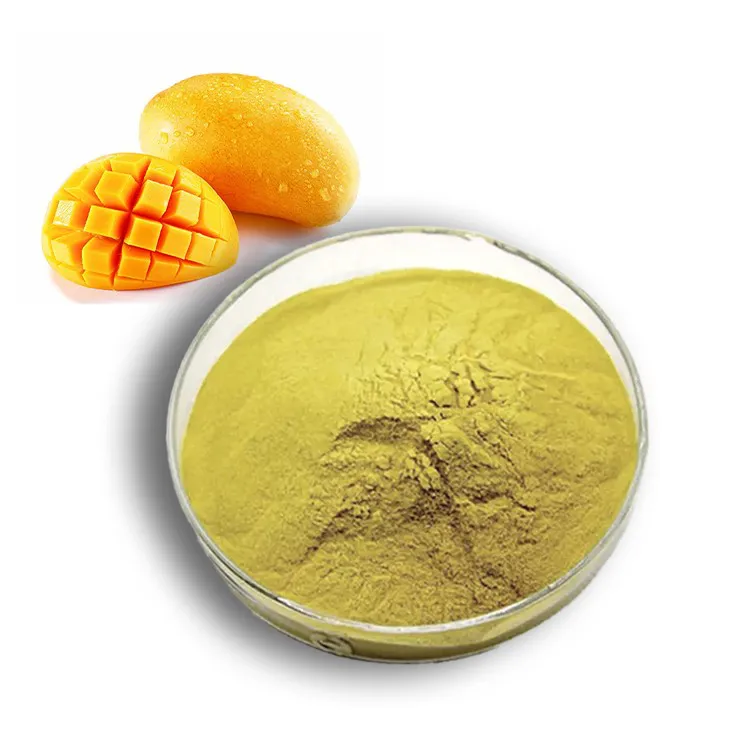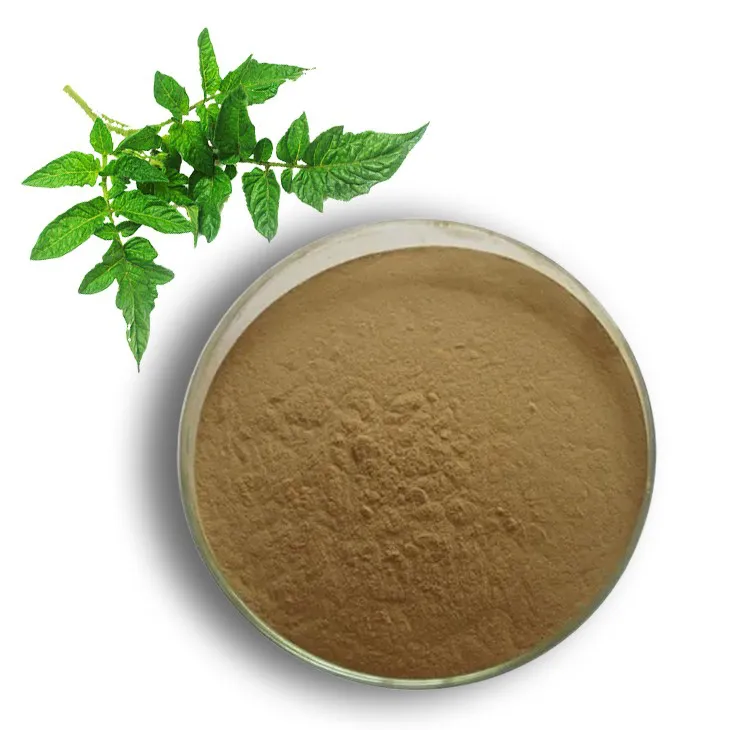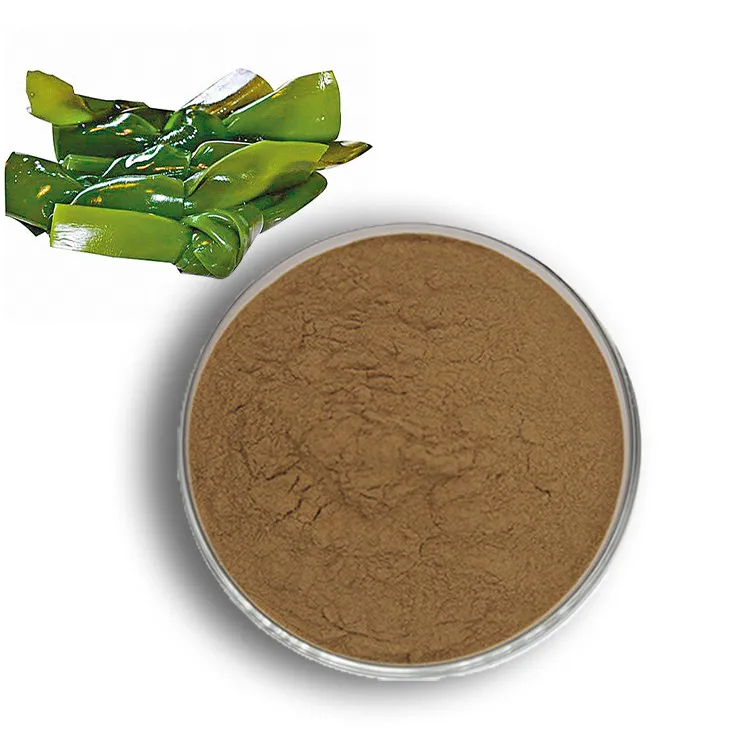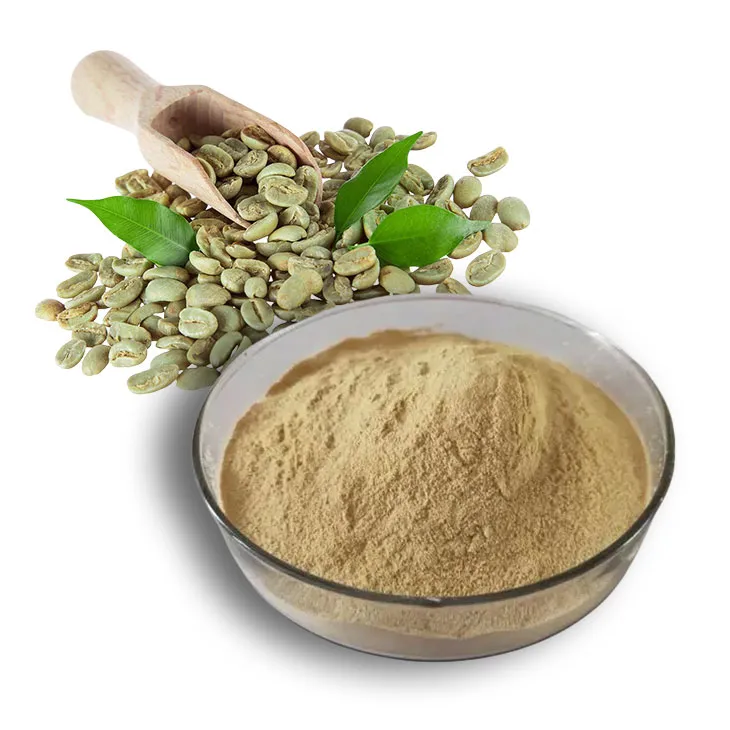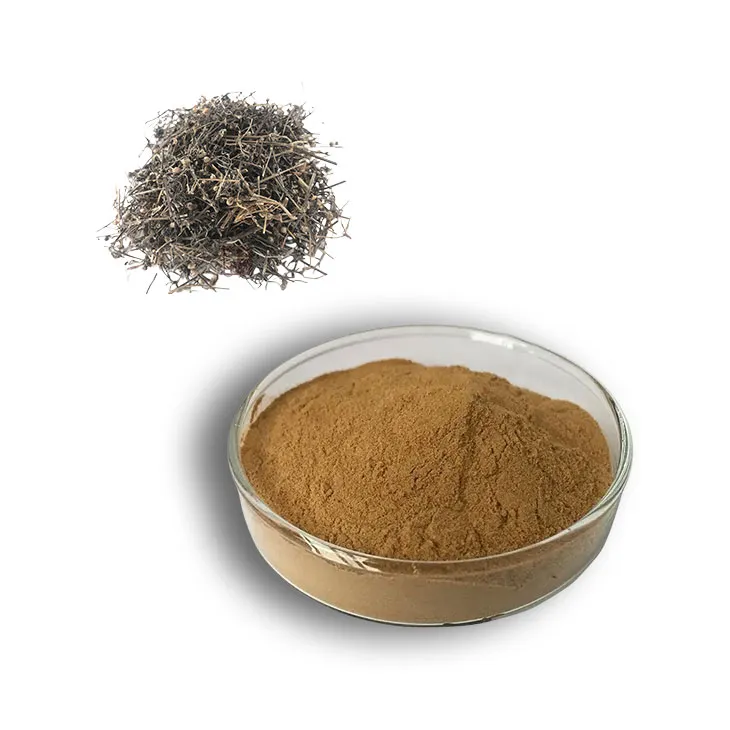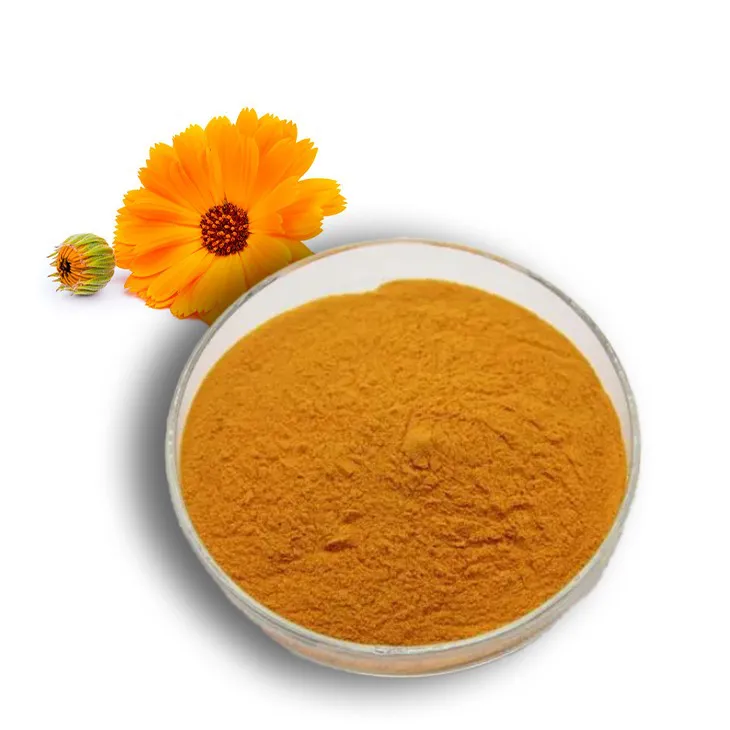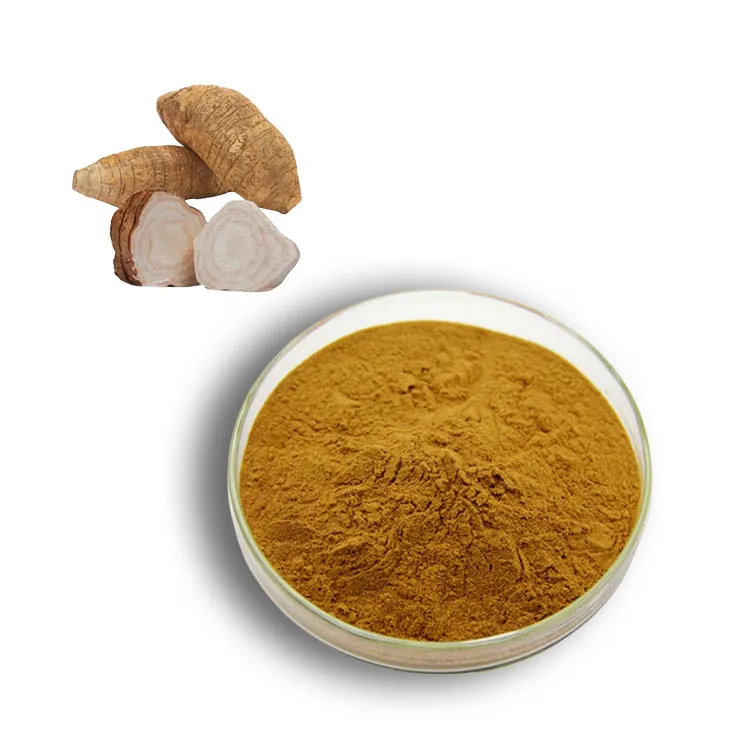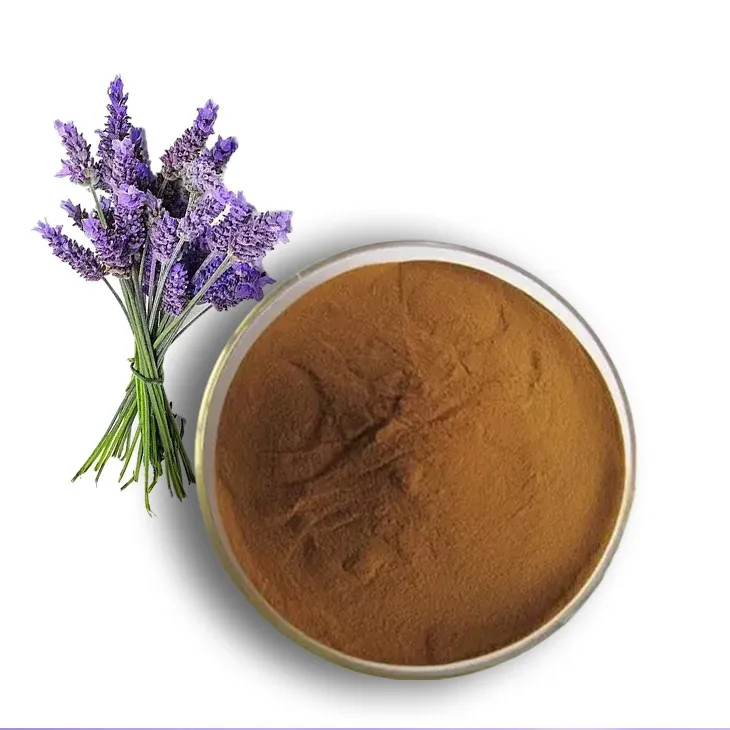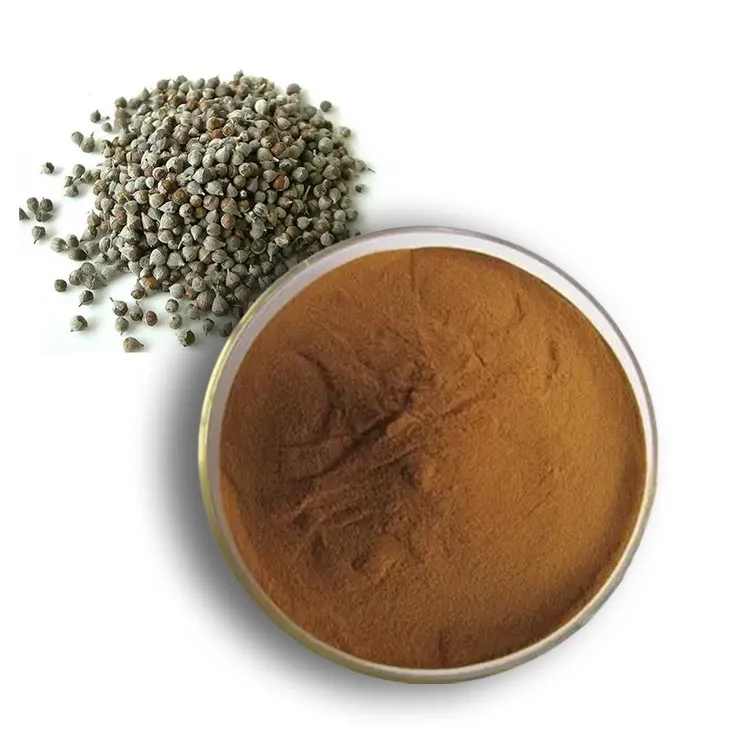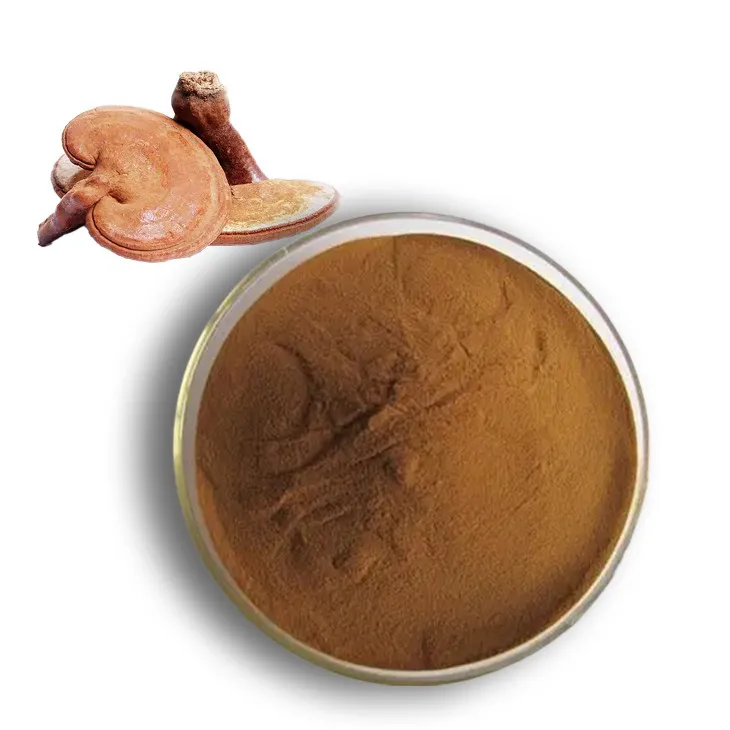- 0086-571-85302990
- sales@greenskybio.com
Is marigold an antibiotic?
2025-06-26
In recent years, there has been a marked increase in the exploration of alternative medicine and natural remedies, driven by growing concerns over antibiotic resistance and the side effects associated with synthetic medications. One such natural remedy that has garnered attention is the marigold (Calendula officinalis), a flowering plant known for its vibrant blooms and historical use in traditional medicine. This article delves into the potential of marigold as an antibiotic, exploring its properties, scientific findings, and practical applications in modern healthcare.
Historical Use of Marigold in Medicine
Marigold has been used for centuries in herbal medicine across various cultures. In ancient Greek and Roman societies, it was employed for wound healing and to treat various skin conditions. Traditional Indian Ayurvedic medicine and traditional Chinese medicine have also documented the use of marigold for its antibacterial and anti-inflammatory properties. The plant's widespread historical use suggests that it indeed has therapeutic benefits that merit scientific exploration.
Scientific Properties of Marigold
The potential antibiotic properties of marigold are primarily attributed to its rich chemical composition. It contains essential oils, flavonoids, triterpenoids, saponins, and carotenoids. These compounds confer various medicinal properties, making marigold a plant of interest in natural antibiotic research.
1. Flavonoids - Known for their antioxidant properties, flavonoids can inhibit the growth of certain bacteria. They achieve this by disrupting bacterial cell walls and inhibiting bacterial enzymes, thereby preventing replication.
2. Triterpenoids - These compounds possess anti-inflammatory and antimicrobial properties. Triterpenoids have been found to compromise bacterial cell membranes, leading to cell death.
3. Essential Oils - The essential oils derived from marigold petals exhibit antibacterial activity. They are effective against a range of gram-positive and gram-negative bacteria, which cause infections.
Research on Marigold's Antibiotic Potential
A number of studies support the assertion that marigold exhibits antibacterial properties. Research has shown that extracts from marigold flowers can inhibit the growth of various pathogens, including Staphylococcus aureus, Escherichia coli, and Candida albicans. These studies highlight the broad-spectrum antibacterial activity of Marigold Extracts, suggesting their potential as a natural alternative to synthetic antibiotics.
One notable study published in the Journal of Ethnopharmacology investigated the antimicrobial activity of Marigold Extracts and found significant inhibitory effects against several bacterial strains. The researchers attributed this activity to the synergistic effects of flavonoids and essential oils present in the extracts. Such findings bolster the claim that marigold can serve as an effective natural remedy against bacterial infections.
Practical Applications in Healthcare
The resurgence of interest in marigold as a potential antibiotic is not merely academic. There are practical applications of its antibacterial properties in modern healthcare and personal care products:
1. Topical Applications - Marigold Extracts are widely used in creams, ointments, and lotions designed to treat minor wounds, burns, and skin irritations. These products leverage marigold's anti-inflammatory and antibacterial properties to promote healing and prevent infection.
2. Oral Health Products - Due to its antimicrobial properties, marigold extracts are increasingly used in mouthwashes and toothpastes. These products can aid in reducing oral bacteria, thus supporting better oral hygiene and preventing dental caries and gum diseases.
3. Cosmetic Industry - Marigold's soothing and antimicrobial properties make it a valuable ingredient in cosmetics, particularly in products targeted at sensitive or acne-prone skin. Its natural compounds help in managing bacterial balance on the skin, reducing blemishes and promoting a healthy complexion.
4. Herbal Medicine Preparations - In herbal medicine, marigold is often used in the form of tinctures or teas. These are believed to boost immune function and aid in preventing or treating infections.
Challenges and Future Directions
Despite the promising research and applications, there remain challenges and considerations when using marigold as an antibiotic. Standardization of extracts, dosage recommendations, and comprehensive clinical trials are necessary to fully validate marigold's effectiveness and safety as an antibiotic alternative. Moreover, it is crucial to ensure sustainable cultivation and harvesting practices to protect marigold populations and maintain biodiversity.
Further research is needed to explore the molecular mechanisms underlying marigold's antibacterial activity. Understanding these mechanisms could lead to the development of more effective natural antibiotics and aid in the fight against antibiotic-resistant bacteria.
Conclusion
The journey of marigold from a decorative garden flower to a subject of scientific interest highlights the broader movement towards exploring natural remedies for modern medical challenges. While more research is warranted, the evidence so far positions marigold as a potentially valuable natural antibiotic. Its long history of medicinal use, combined with increasing scientific validation, suggests that marigold could play a role in the development of holistic and sustainable healthcare solutions. As we continue to seek alternatives to conventional antibiotics, marigold stands out as a promising candidate, offering a blend of historical wisdom and scientific innovation.
- ▶ Hesperidin
- ▶ Citrus Bioflavonoids
- ▶ Plant Extract
- ▶ lycopene
- ▶ Diosmin
- ▶ Grape seed extract
- ▶ Sea buckthorn Juice Powder
- ▶ Fruit Juice Powder
- ▶ Hops Extract
- ▶ Artichoke Extract
- ▶ Mushroom extract
- ▶ Astaxanthin
- ▶ Green Tea Extract
- ▶ Curcumin
- ▶ Horse Chestnut Extract
- ▶ Other Product
- ▶ Boswellia Serrata Extract
- ▶ Resveratrol
- ▶ Marigold Extract
- ▶ Grape Leaf Extract
- ▶ New Product
- ▶ Aminolevulinic acid
- ▶ Cranberry Extract
- ▶ Red Yeast Rice
- ▶ Red Wine Extract
-
Mango flavored powder
2025-06-26
-
Senna Leaf Extract
2025-06-26
-
Kelp Extract Powder
2025-06-26
-
Green coffee bean Extract
2025-06-26
-
Hedyotis Diffusa Extract
2025-06-26
-
Calendula Extract
2025-06-26
-
Pueraria Lobata Extract
2025-06-26
-
Lavender Extract
2025-06-26
-
Chaste Berry Extract
2025-06-26
-
Reishi mushroom extract
2025-06-26











